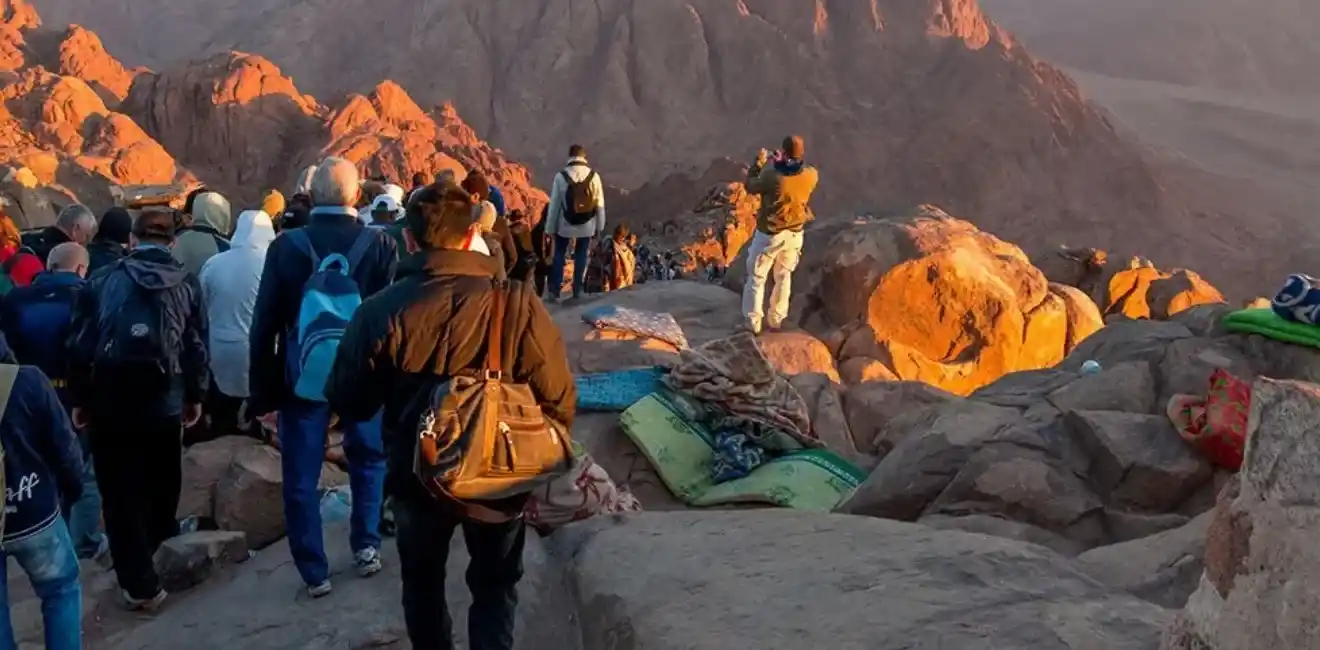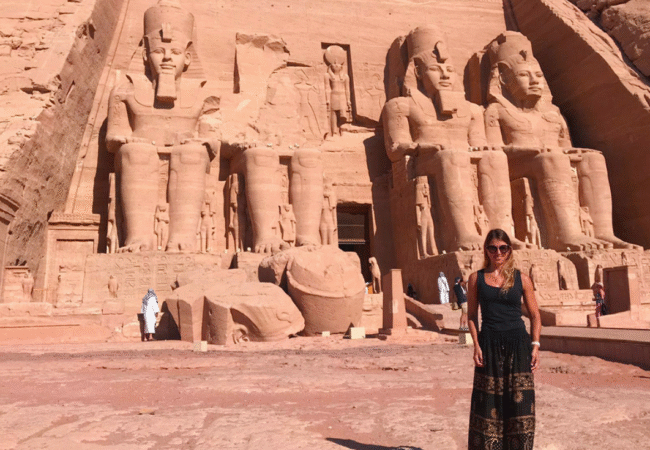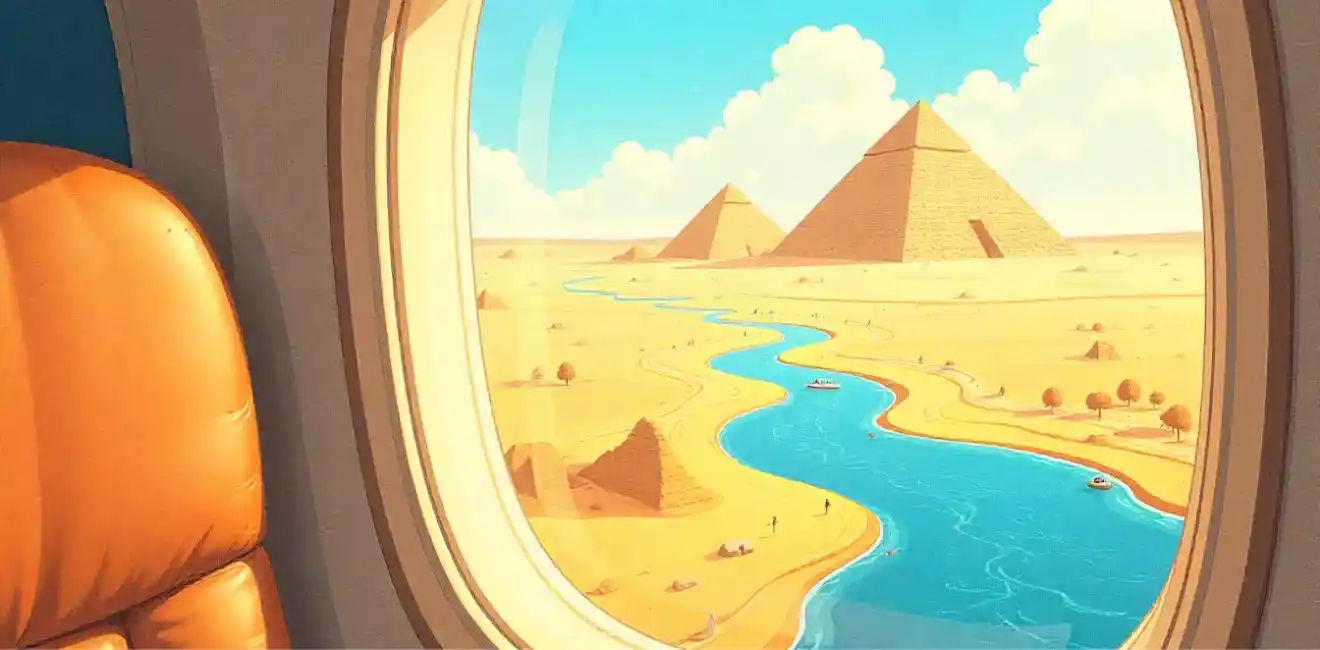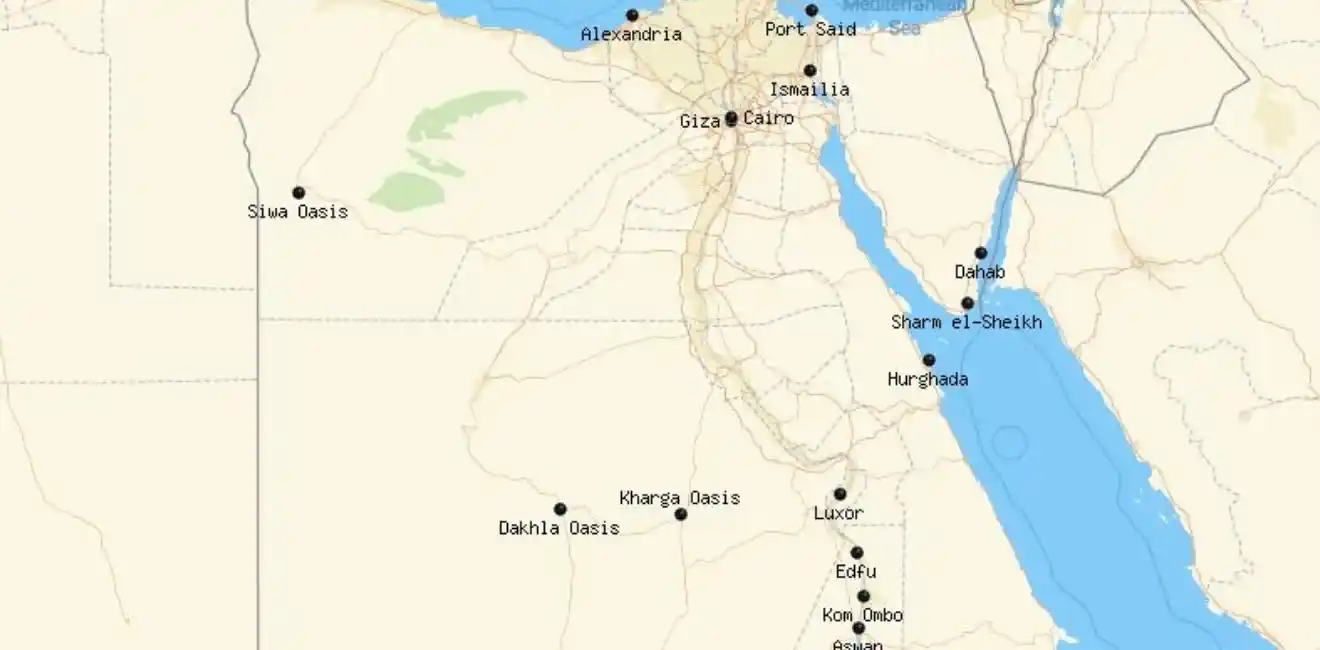
Heliopolis
Heliopolis, known in ancient times as the “City of the Sun,” is one of the oldest historical areas located east of present-day Cairo. This city which the ancient Egyptians called “On,” was a major religious center for the worship of the sun god during the Pharaonic era including deities such as Ra, Atum, and Horus Akhei.
Over time, the Arabs renamed it “Ain Shams.” Despite the passage of thousands of years only a few relics of this ancient city remain the most famous of which is the obelisk built by King Senusret I.
goes back to the ancient Egyptian word “iwn,” which was used to denote an obelisk. For this reason it was known in ancient times as the “City of Obelisks.” The name now known as “Heliopolis” originated during the Greek era and is a compound word made up of two parts: “Helio,” meaning sun, and “Polis,” meaning city.
This refers to the sanctity of the place associated with the sun god “Ra” or “Atum-Ra” in ancient Egyptian beliefs.
The Remaining Ruins of Heliopolis
Today only a few remnants of the ancient city of Heliopolis remain testament to a civilizational glory that has been lost to time. Despite the scant remains the area remains a focus of archaeological excavations to this day.
Researchers continue to uncover the secrets of this land which housed the oldest royal tombs including the tombs of Panhesi and Khonsu Ankh both dating back to the Old Kingdom.
These discoveries reveal that the city was a unique religious and scientific center embracing sun worship rituals and housing intellectual energies that helped lay the foundations for the most important calendar known to ancient Egyptian civilization: the solar calendar.
The Obelisk of Senusret I one of the greatest symbols of the Middle Kingdom still stands in its original location, a rare relic that has survived the vicissitudes of the centuries.
Dating from 1956 to 1911 BC, obelisks were not just towering stone structures they were symbols of the sacred sunbeam used by the ancient Egyptians to embody the presence of the god Ra making them a permanent sign of the connection between heaven and earth.
Later civilizations from the Greeks to the Romans transferred many of these obelisks to their cities in appreciation of their religious and architectural value.
Among the ruins of Heliopolis parts of a massive column erected By <strong>King Merneptah</strong> in the 13th century BC were recently discovered. It has been meticulously restored and is on display in the Grand Egyptian Museum.
Ancient Religious Life in Heliopolis
The world began to realize the profound influence of the city of On in shaping religious and political life in Pharaonic Egypt after the discovery of ancient texts and manuscripts that shed light on the beliefs that originated there.
On or Heliopolis was the source of a comprehensive religious thought where the first Egyptian conceptions of the beginning of the universe emerged. This theory known as the “Sacred Ennead Theory,” was detailed in reliable sources from the Ministry of Tourism and Antiquities.
This theory is based on the idea that existence began in an infinite ocean of water known as Nun. From this eternal stillness the energy of creation emerged represented by the god Atum, or Ra in a perfect form resting atop a hill that rose above those waters. From here the act of creation began as Ra felt isolated.
He formed the first two beings Shu the symbol of air, and Tefnut the symbol of moisture.
The two then married and gave birth to Geb the god of the earth, and Nut the goddess of the sky. From their union the universe was formed according to the ancient Egyptian belief.
What is the history of Heliopolis?
The city of On was a major center for the worship of the god Atum who later became known as Ra and later evolved into Ra-Horakhty incorporating him as the sun at its zenith.
The city’s main temple was known as the “Great House” or “House of Atum,” a name that also appears in Hebrew as “Petum” and in Roman sources as “Pithum.”
The city’s priests claimed that Ra or Atum was not created but emerged from the depths of the primordial waters. He was the first being to emerge without intervention.
As Ra’s status declined during the Fifth Dynasty the priests attempted to maintain the centrality of the god by creating the concept of the “Ennead,” a group of nine gods that subordinated the remaining divine powers to Ra and Atum.
Despite the antiquity of the rituals and the importance of the place information about the high priests of Ra remains limited except for a few discoveries related to priests of the Sixth Dynasty who lived between approximately 2345 and 2181 BC.
During the reign of Akhenaten in the Eighteenth Dynasty he introduced a new religious system focused on the worship of Aten the sun disc as a single god. He built a temple for this purpose in the city of On called “Aten the Lifter,” some of whose stones can still be seen today within the gates of ancient Cairo from the Middle Ages.
The city was also famous for the presence of a sacred altar for the worship of the Memphis Bull, one of the living sun statues. It was buried in a special cemetery north of the city.
In ancient texts, specifically the Septuagint translation of the Book of Exodus the city’s name is mentioned as one of the places where Hebrew slaves were forced to rebuild.
It is now believed that the city of Pithom mentioned in these texts may have referred to Heliopolis although other theories suggest it was Tell el-Ratiba or Tell el-Maskhut, two prominent archaeological sites that still exist today.
The Current Site of Heliopolis
The remains of the ancient Pharaonic city today lie 15 to 20 meters below the surface beneath densely populated areas in the Matariya Ain Shams, and Tell el-Hosn neighborhoods north of the Egyptian capital.
These areas are mostly inhabited by members of the middle and lower classes while the modern suburb of Heliopolis lies approximately 1.5 kilometers east of the original archaeological site.
Some mudbrick walls are still visible in nearby agricultural land along with massive granite blocks inscribed with the name of King Ramses II. The remaining obelisk from the Temple of Ra-Atum is the most prominent landmark identifying the site of this massive temple which has since been lost to time.
In 2004, a team of archaeologists excavated a number of pharaonic tombs in the area. In 2017, parts of a colossal statue belonging to King Psamtik I were discovered. Excavations and extractions were successfully completed adding new evidence of the site’s profound historical significance.
Myths of Heliopolis
The god Atum was considered the origin of existence in the cult of the city of On and occupied a central position alongside Ra the sun god. Atum was depicted as an old man symbolizing the setting sun while Ra manifested in various forms including “Khepri,” symbolizing the sunrise and its beginning, and “Horakhty,” the falcon-headed god representing its midday glow.
The city’s temples were not limited to the major gods they also housed smaller shrines for lesser-known deities such as Seba associated with the flood myth.
The Bennu bird which some see as the origin of the phoenix myth had a powerful symbolic presence as it was associated with the concept of resurrection and renewal and appeared on pharaonic amulets in the form of a scarab symbolizing the perpetual movement of the sun.
Important Facts About Heliopolis
There are many facts about the city including:
- Heliopolis has been known since the dawn of history as a glittering city even being nicknamed the “Golden City.” It was the administrative center of the thirteenth nome of Lower Egypt reflecting its power and influence during that era.
- Heliopolis represented an exceptional religious site hosting the worship of several Egyptian deities most notably the god Ra along with the appearance of some mythical creatures in its mythology. Today it is located in the Ain Shams district east of Cairo.
- The city’s origins date back to prehistoric times and reached its peak during the Old Kingdom and Middle Kingdom periods between 2700 and 1782 BC. During this period it was a symbol of civilization, faith, and spiritual authority.
- Over time many of the city’s features have faded as the stones of its temples and structures were used to build large parts of Cairo during the Middle Ages obliterating many of its original features.
In conclusion, Heliopolis is one of Egypt’s oldest cities located in the Matariya and Ain Shams districts northeast of Cairo. It was the administrative capital of the Thirteenth Nome in the Delta and held a significant position in pharaonic belief as the center of worship of the sun god Ra and the god Atum.
The city’s origins also date back to prehistoric times reaching its peak during the Old Kingdom and Middle Kingdom periods. One of the most important remains today is the Obelisk of Senusret I, the oldest obelisk still standing in its original location, standing 21 meters tall.
FAQS
What does the word Heliopolis mean?
It means “City of the Sun,” a Greek name given to the ancient city of On.
Where is New Heliopolis located?
It is located in northeast Cairo within the Heliopolis district.
Why is New Heliopolis called Heliopolis?
It was named after the ancient Pharaonic city that once stood on the same site.






























